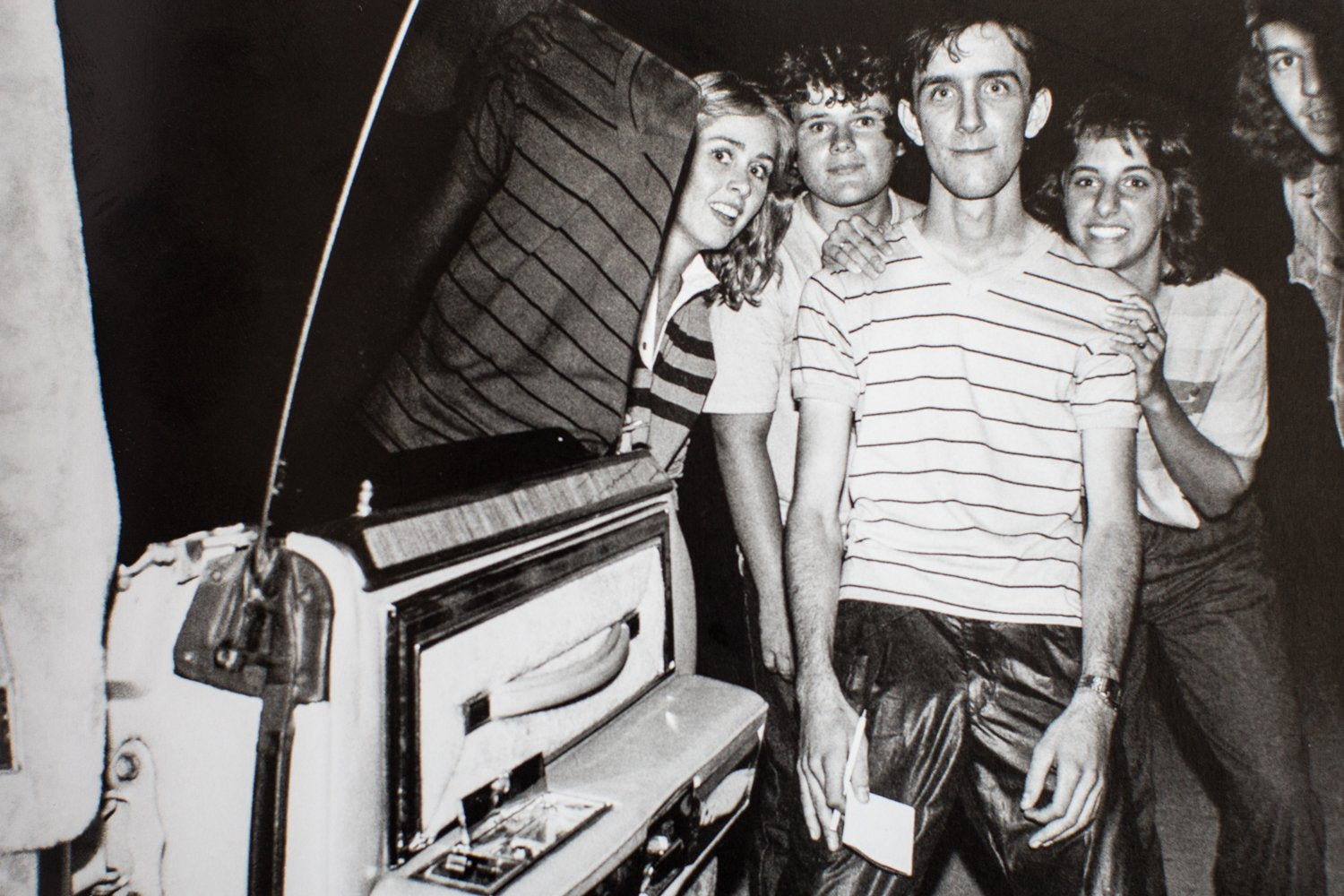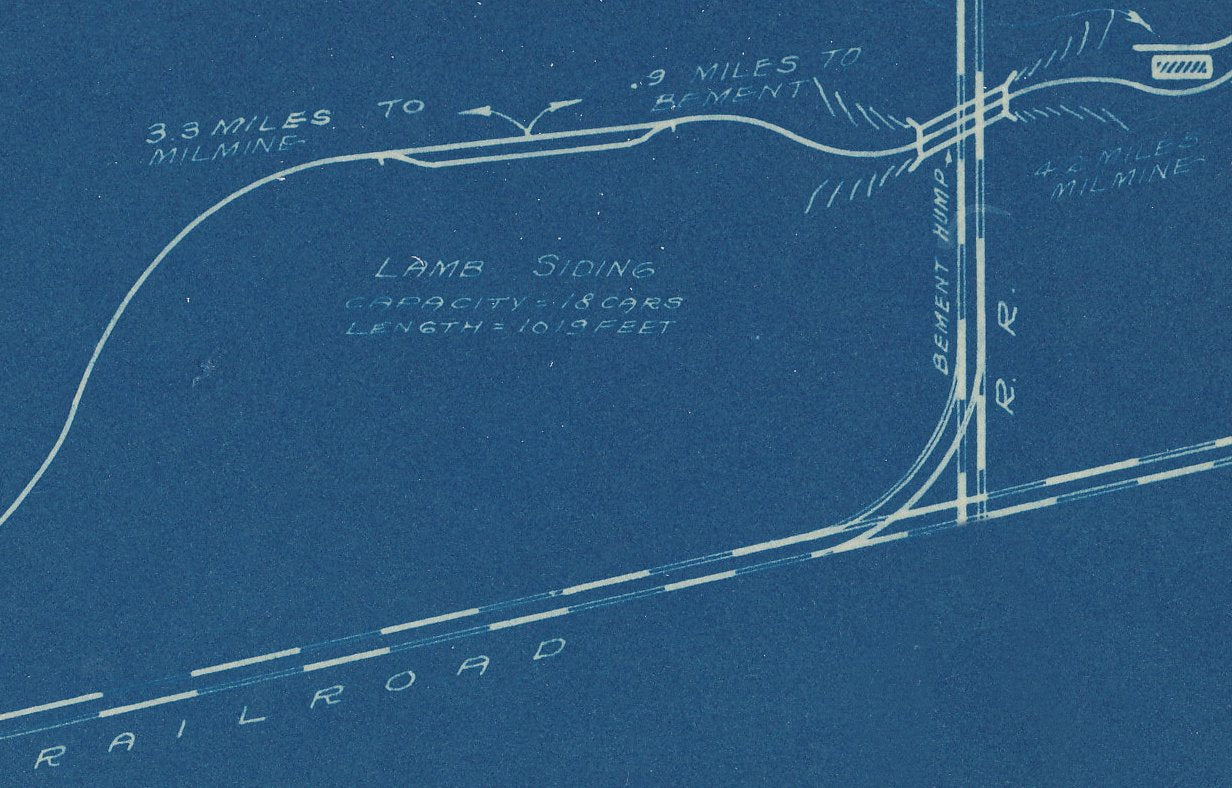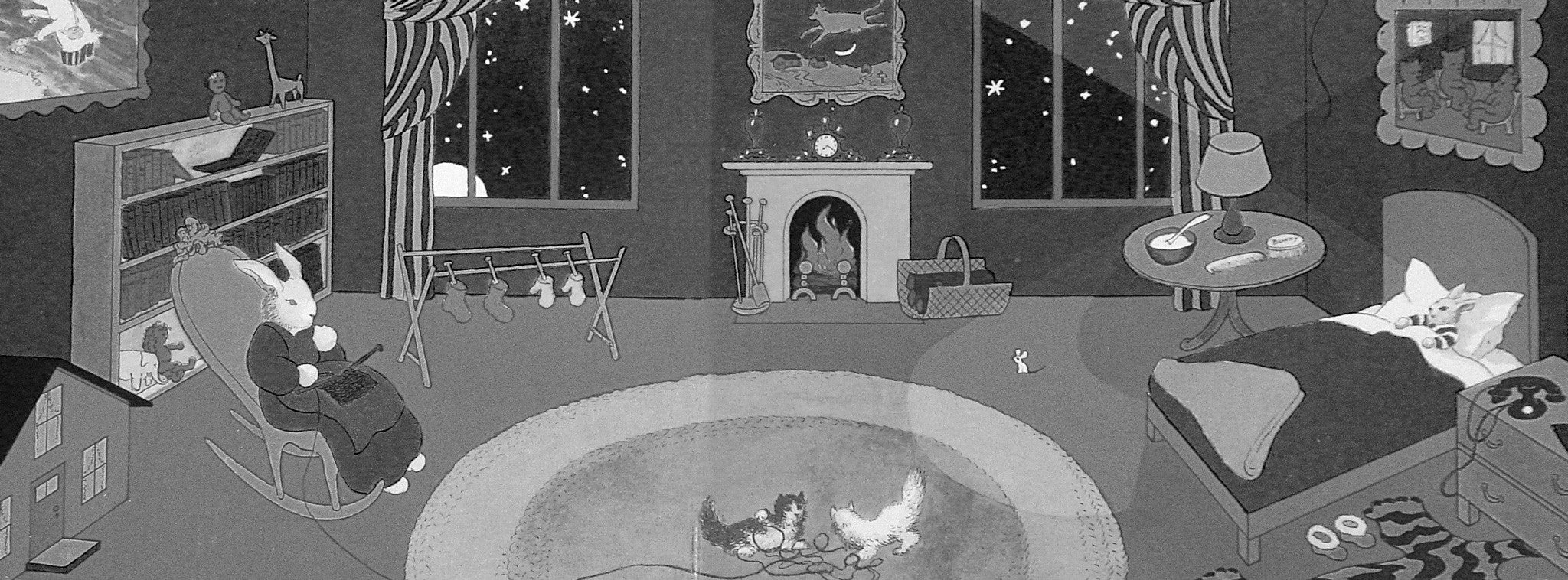
All apologies
I haven’t been embarrassed about buying something in a really long time. But I’m extremely embarrassed that I paid good money for Taschen’s I’ll Be Watching You: Inside the Police 1980-83. So let’s get that on the table:
1) It’s a photo diary by Andy Summers. Andy Summers is/was the guitarist for the Police. And you know how photo people just loooove a famous, wealthy, rock-star dilettante.
2) As photo books go, it is hopelessly uncool, the art world equivalent of a Kelly Clarkson CD.
3) Does owning it finally confirm that I’m (a) uncool and (b) a shitty photographer? Or am I being too dramatic?
4) The copy on the inner jacket sleeve compares Summers’s work to Frank and Cartier-Bresson, which is ludicrous.
5) Looking at the book on my shelf, I see it’s the exact same height and weight as Diane Arbus’s Revelations. For whatever reason, that just feels wrong.
I was going to insist that I didn’t buy it for the same reason I bought, say, Doug DuBois’s All the Days and Nights or Tierney Gearon’s Daddy, Where Are You? I was going to tell you that this was strictly a music-obsessive, fan-boy thing. After all, the Police in its heyday was one of the cutest, most adorable pop units of all-time. Who wouldn’t want to look at a book full of serviceably shot, black & white snapshots of primo-era Sting?
But that’s pretty much a lie. I’m still new to this photography thing, and while I’ve progressed to the point where I’m fairly confident in my ability to make a decent picture, I still feel utterly clueless when it comes to stuff like editing, sequencing, contextualizing. So in the spirit of independent study, I’ve been on an omnivorous photo-book tear, sponging up Friedlander and Frank, but also Summers and Sevigny. (Yes, I just ordered Chloe Sevigny, a recently released visual memoir that I’m assuming will make Andy’s book feel like The Americans.)
When I’ll Be Watching You first arrived, my general reaction was, “Oh god, what have I done.” For behind-the-scenes thrills, it doesn’t disappoint. There’s lots of groupies and bare boobies, plus multiple shots of Sting playing instruments without a shirt on. The many pages of contact sheets provide cold comfort. (So, I’m not the only one who takes shot after perfectly boring shot? Whew.) But at 375 picture-crammed pages, it’s not unlike the Police’s final tour – too big, too busy to connect on a personal level.
On second look, I started to actually read the thing, and well, that’s when things got interesting. “It takes longer every night to lose the sound of the sea, the crowd in your head, the incessantly repeating lyrics, the pumping bass line, the faces wreathed in anguish when you don’t get close enough,” Summers writes in the intro, evoking life on tour in a way I’ve never encountered before. Excerpts from his road diaries flesh out the rest of the book. “I don’t know if we’re getting better or worse,” goes an entry from March 21, 1980. “We play the same set most nights with just enough jamming to keep it interesting. When it happens, I think we are actually the best band in the world, but some nights it feel like three blind mice trying to find their way out of a room filled with heavy furniture – but it doesn’t seem to make any difference to the crowd.”
Throughout he carries a black bag containing “two Nikon FEs and three lenses with 20 rolls of Tri-X,” equipment as essential as his guitar. “We all have our preoccupations, a way of maintaining a sense of self outside of the group mind-set,” he writes on February 17, 1980. “Stewart wields his Elmo Super 8, I aim my Nikon…” From August 28, 1982: “I feel like the days are going backward – that all is déjà vu. I am aware of constantly monitoring my own emotions, which doesn’t mean that ‘I can’t be in the moment,’ but there is a self-awareness like an ache – some of which is subdued by photography.” This text accompanies three photos of a ceramic nun placed on top of a vagina.
At times, Summers revels in his rock-star status. A photo from the summer of ’82, of a naked woman splayed on the floor near his guitar, is captioned, “Nashville: It’s true the cats here do pay as clean as country water, but while doing so I just met their daughter . . .” A self-portrait of him staring into a bathroom mirror, bare-chested and startled, is paired with, “A girl asked me tonight, ‘What products are you using?’ I thought she meant guitar strings or something but apparently she meant shampoo, skin cream, etc. – this being, I believe, some sort of pickup line in reverse – she would be able to advise. I knew there was a purpose to all of this music making . . .”
Mostly he seems disillusioned, a numb if not passive observer. As the book progresses toward 1983, the year of Synchronicity, when the Police were basically the biggest band on the planet, the crowds shots get more chaotic, the look on fans’ faces more desperate and/or entitled, the more isolated everything feels. Young people gawk through limousine doors. Summers shops in a record store, incognito. Hand-painted banners scream, “Fuck me, Stuart!” (It’s actually spelled STEWART, kids.) A shot of three women lined up, offering themselves as post-show prizes, is countered by, “Book/song title ‘After the Orgasm’ . . . Note – and through all of this there is only one I truly love and she ain’t here . . .” You’re left feeling Stewart needs to take these pictures, that maybe if he stopped, he’d risk turning into another piece of rock & roll roadkill.
The idea of the camera creating healthy boundaries is something I can relate to. For instance, I quit drinking years ago, and I still feel a small sense of dread before I go to a party. It’s not like, “People are gonna be drinking and I might relapse!” It’s more like, “People are gonna be drinking, but what am I gonna do?” Lately, I find that bringing my camera along gives me a sense of purpose, if I need it. Like, if I get bored – and that almost always happens when people are getting drunk – I can start taking pictures, and that allows me to still connect with the event in a way that doesn’t feel judgmental or condescending or depressing.
Probably the best example of Photography as Coping Device is the work of Leigh Ledare. When I first learned of the series he created of his mother having sex with her boyfriends, I thought it was sensationalist bullshit. But then one of my teachers, Allen Frame, explained how those photos came to be. When Ledare would visit his mother, she and whatever company she was keeping were in various states of undress. Her behavior was inappropriate, even threatening, so Ledare took out his camera as a way of drawing a line, establishing distance. That made total sense to me
Wait, did I just seriously compare Andy Summers to Leigh Ledare? Does this mean I think I’ll Be Watching You is an important photographic work? Of course not. But I’ll take it over an Andy Summers solo album any day.



